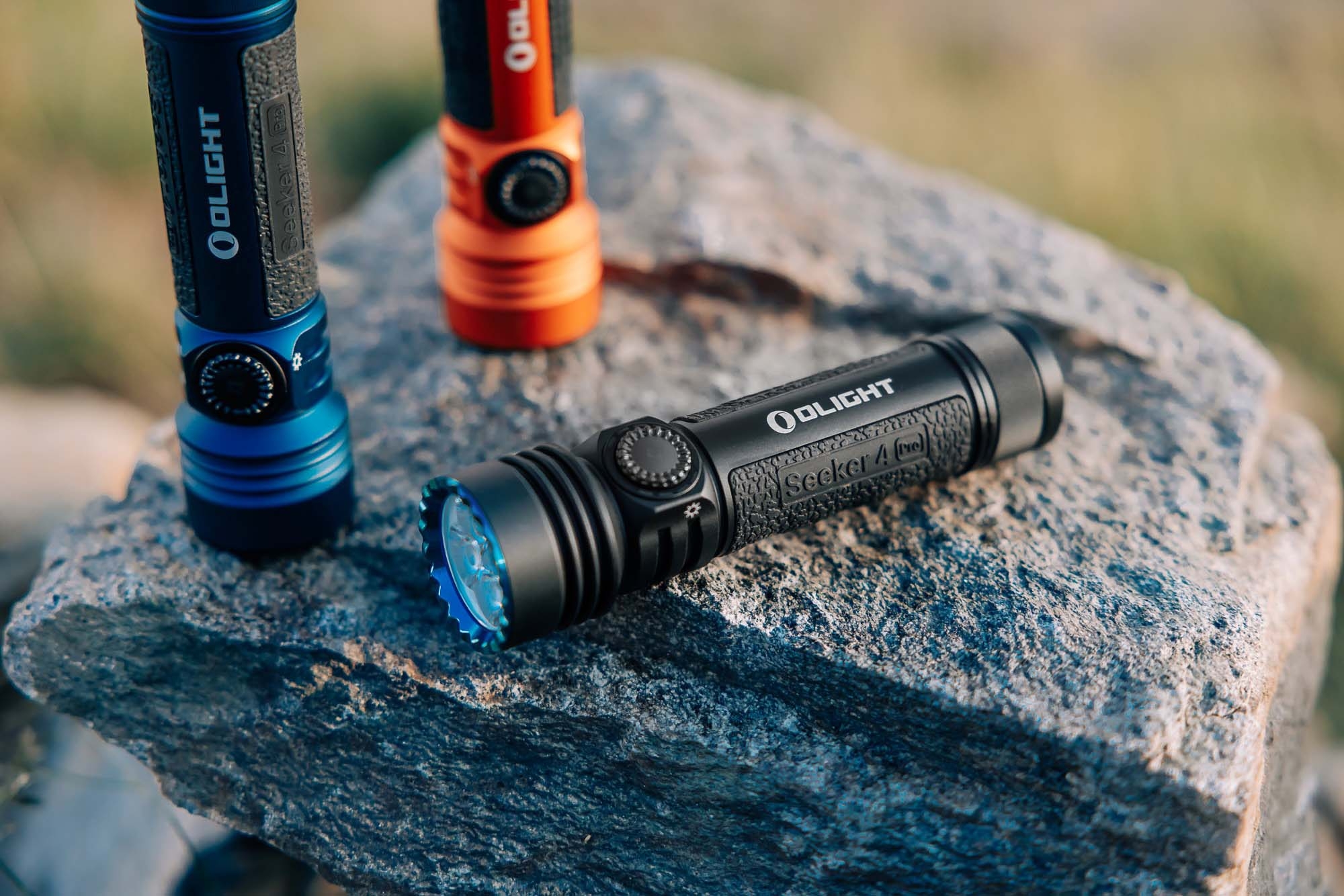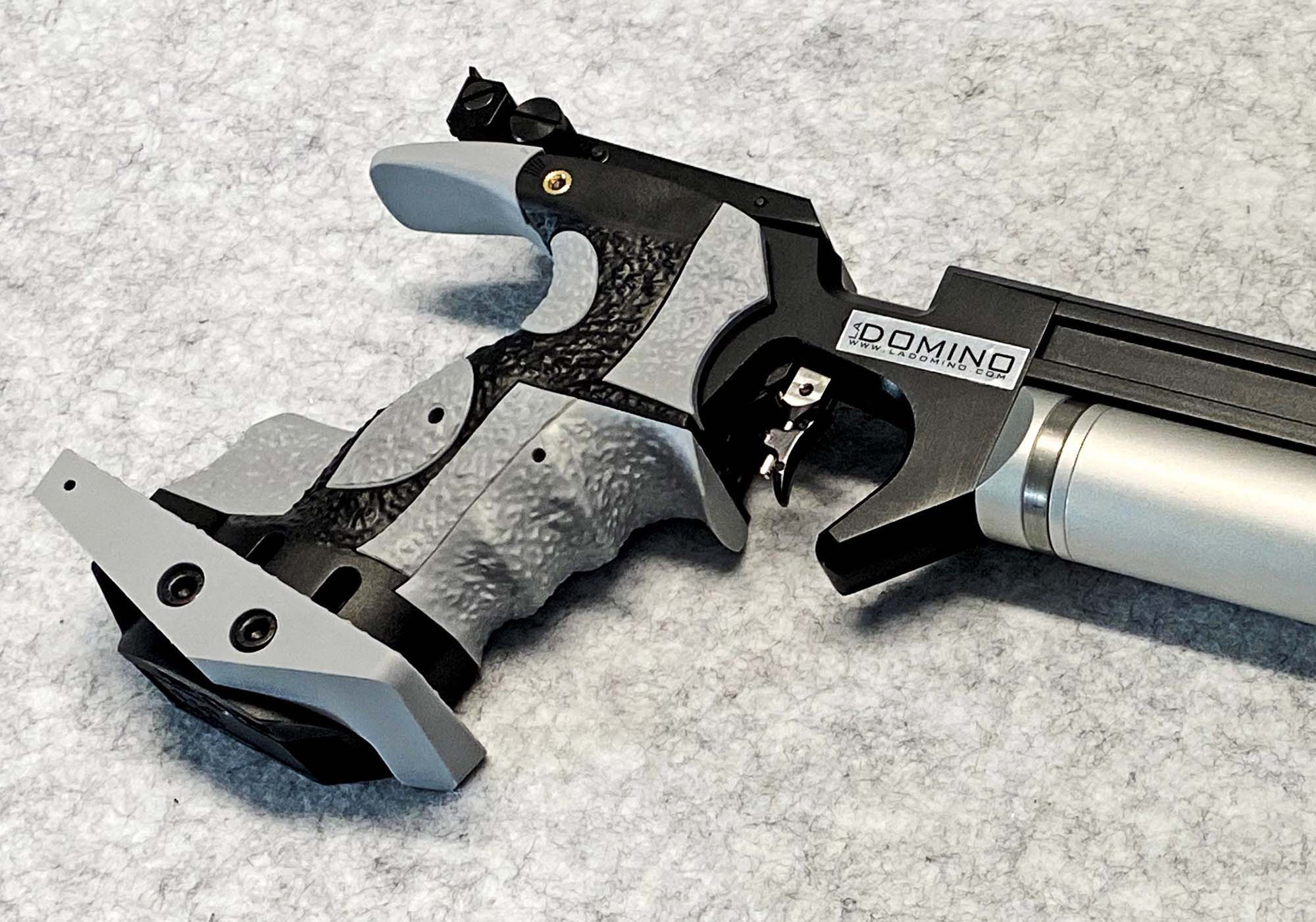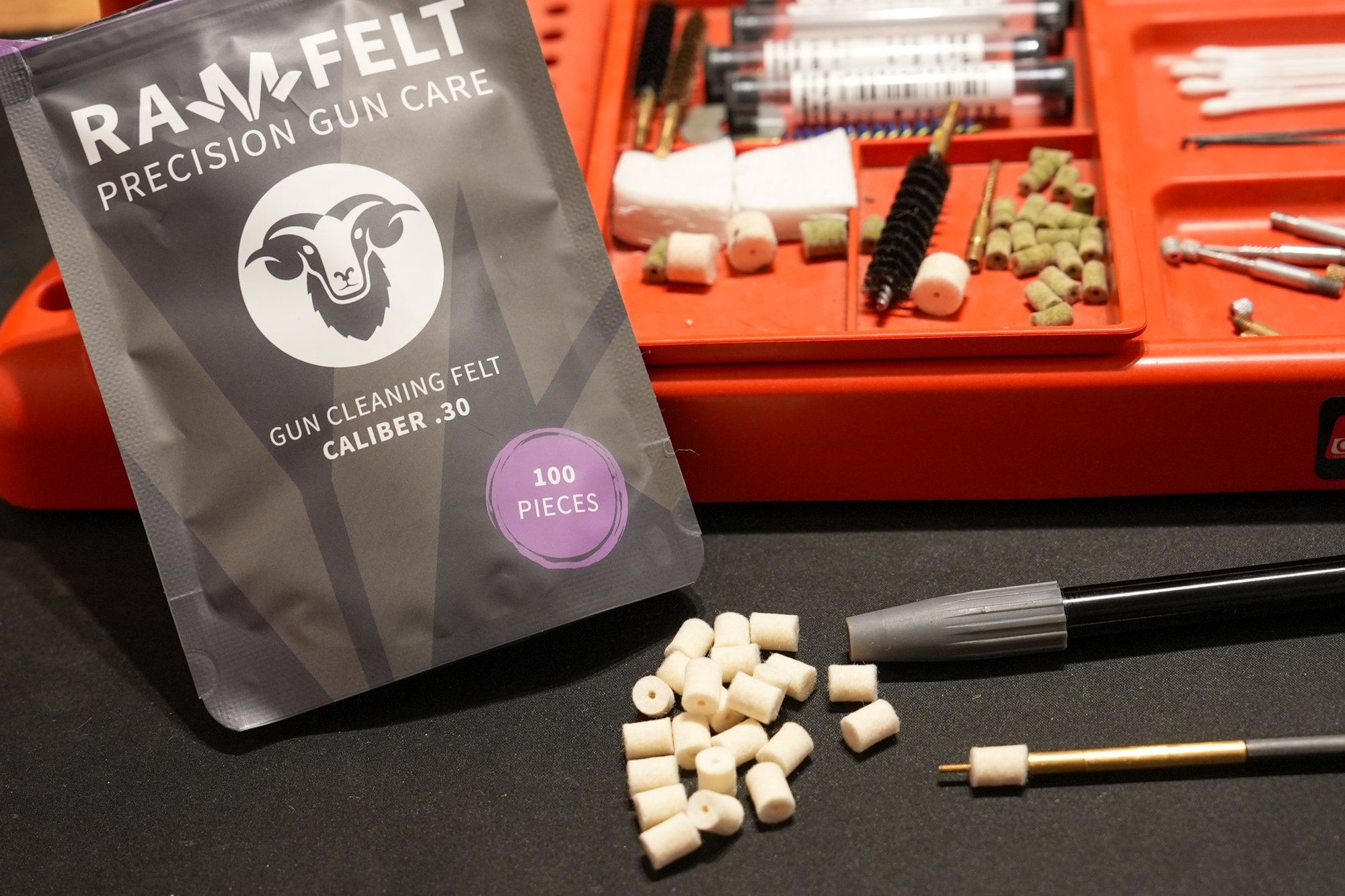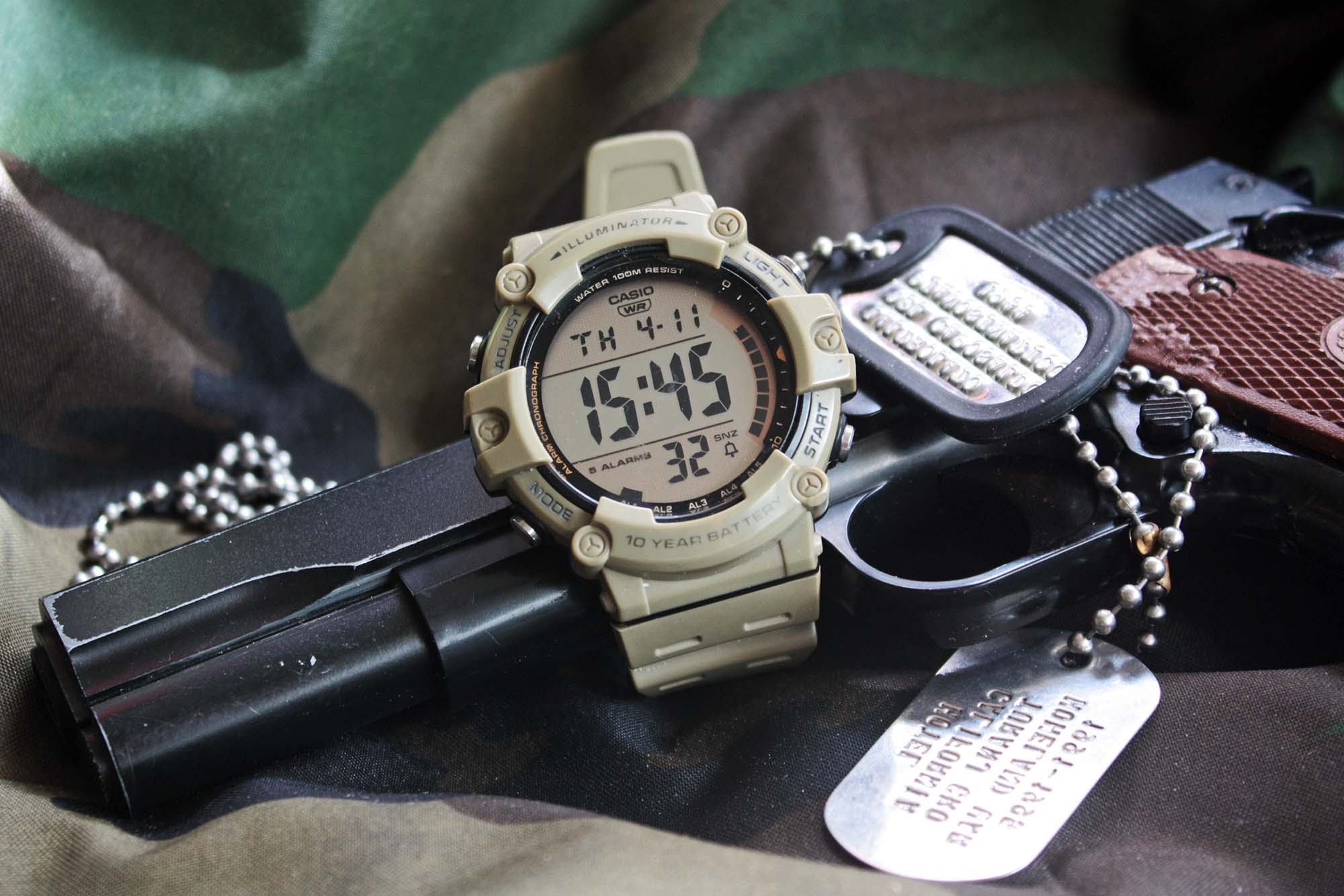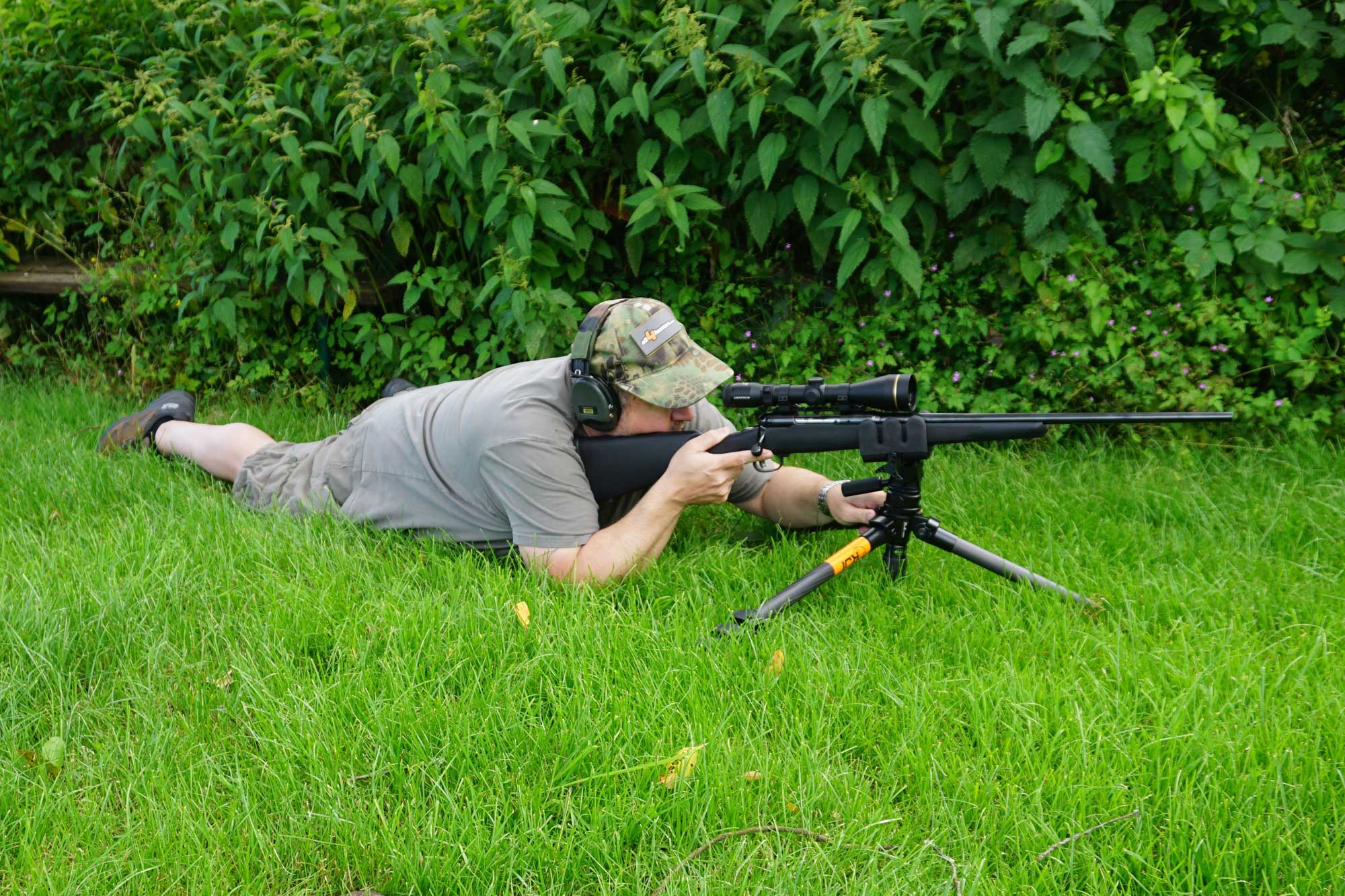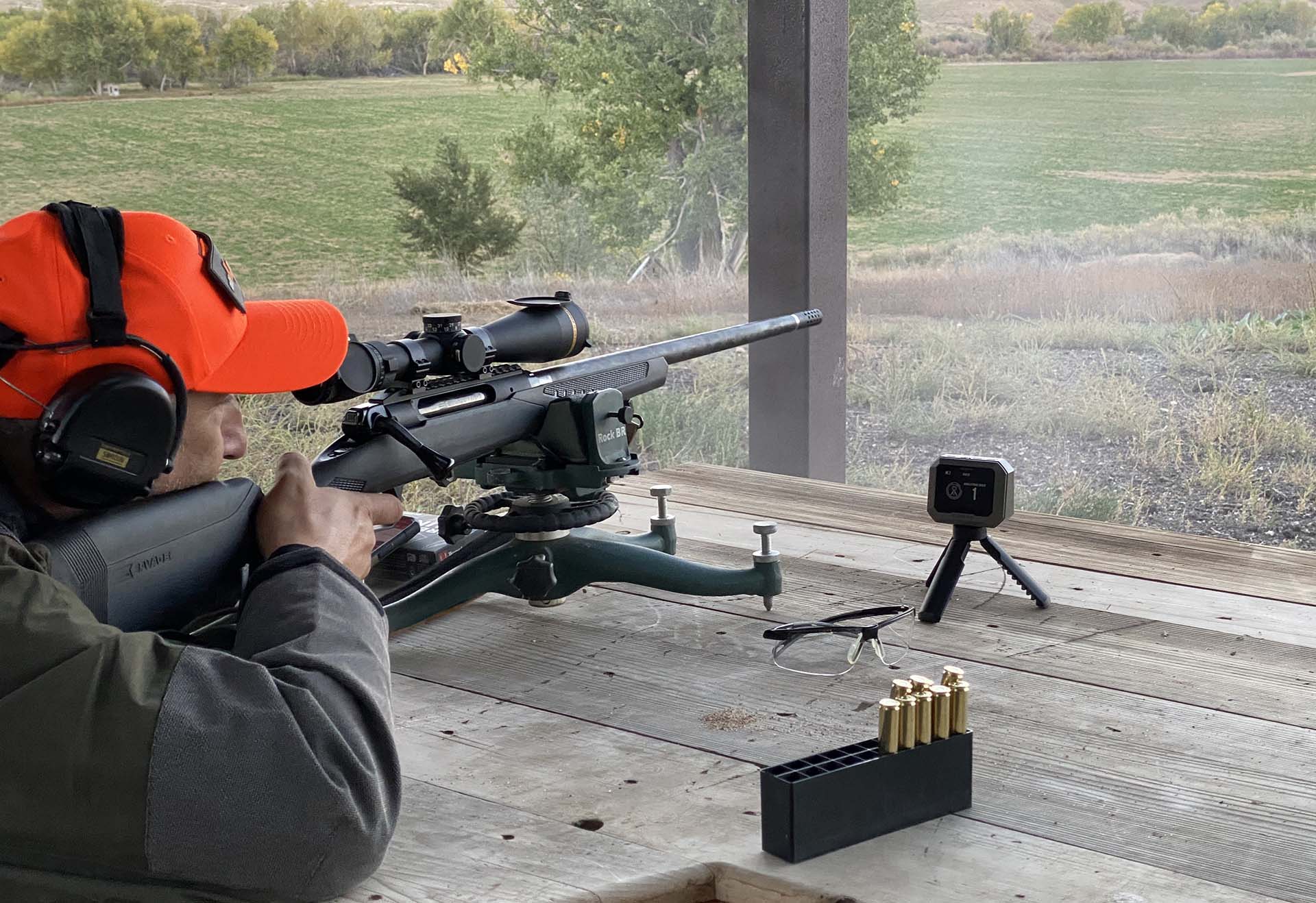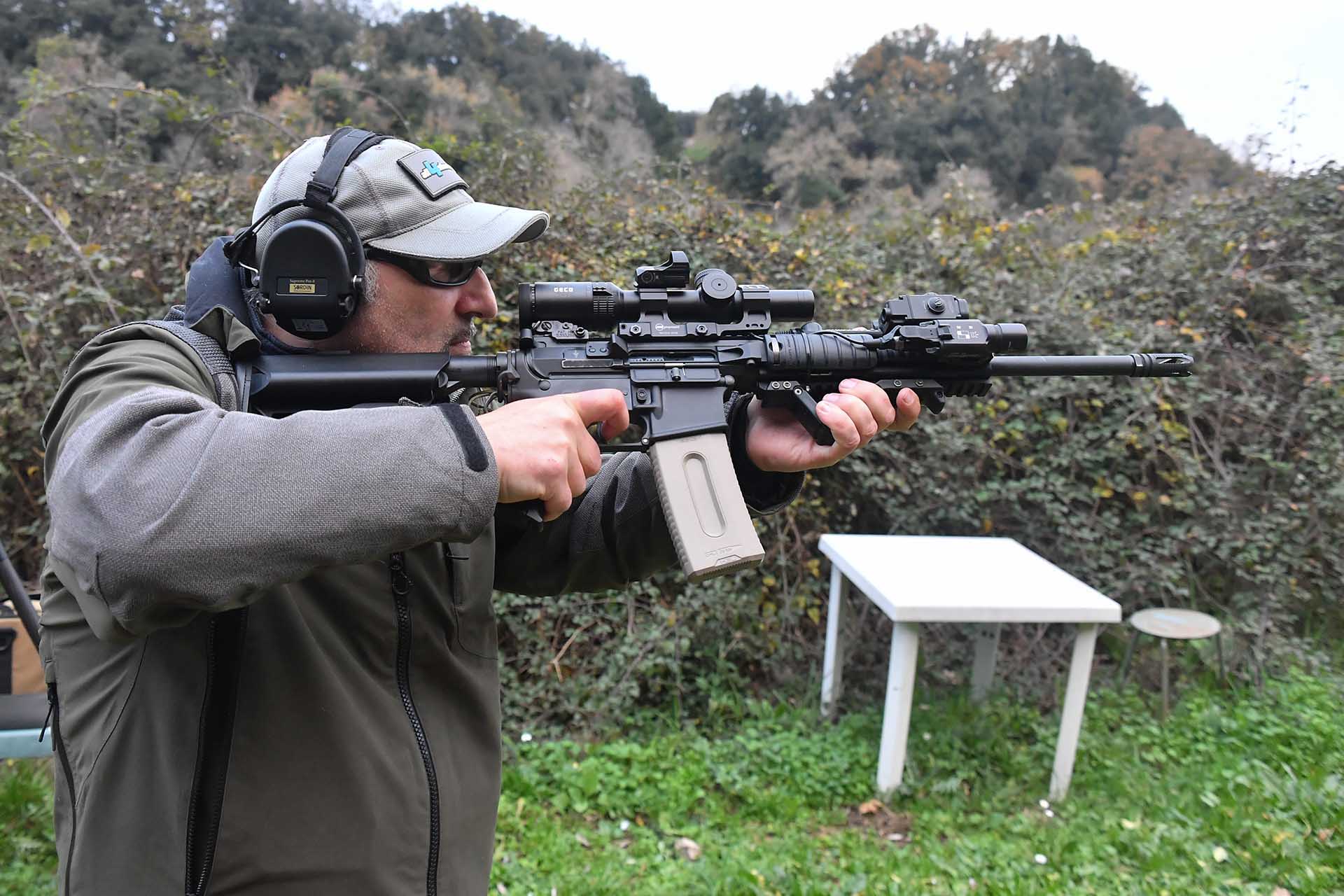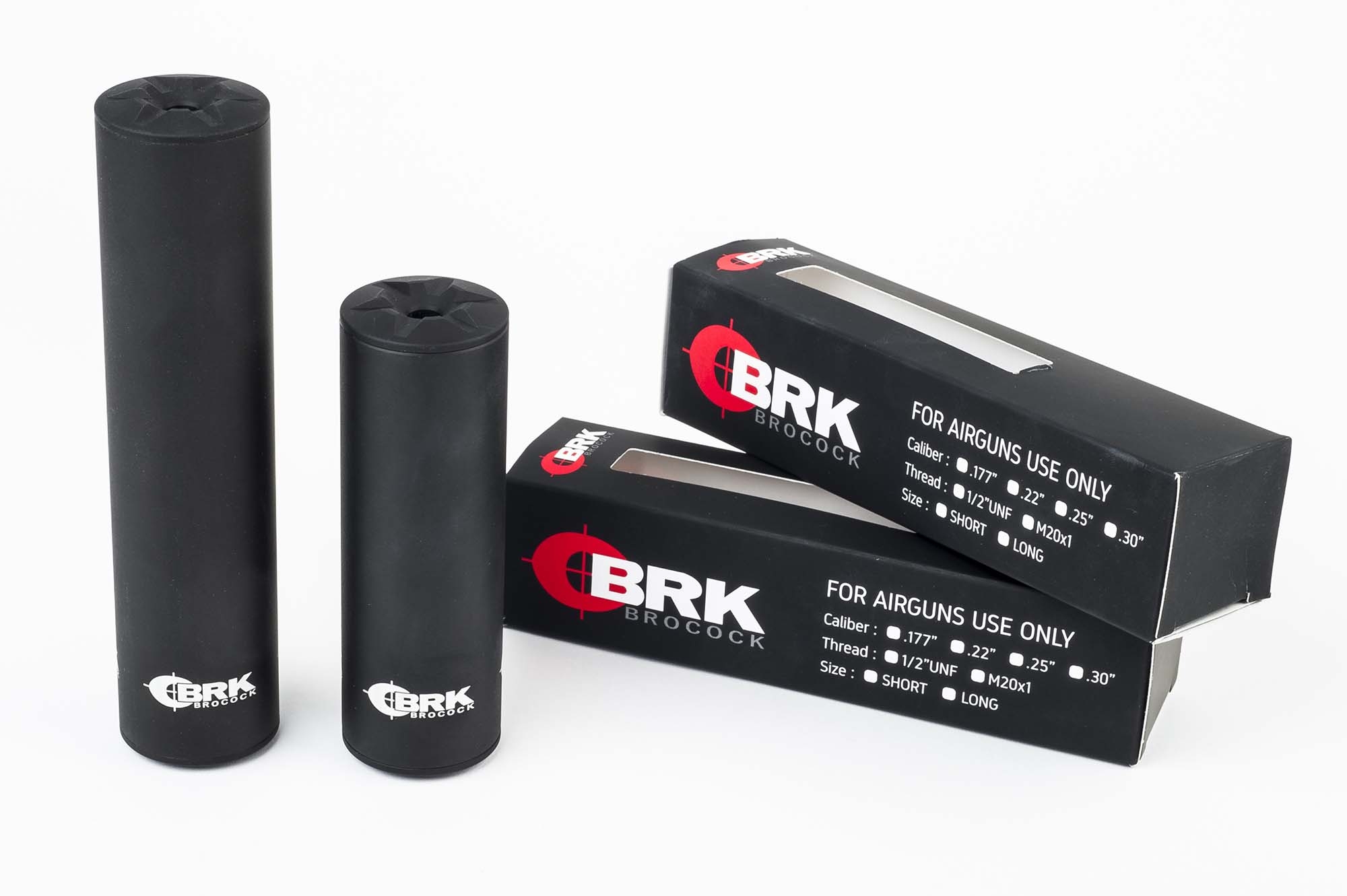Even on the web there are endless discussions and myriads of opinions about concealed carry and personal defense: which calibre has more stopping power (9 mm vs. .45 ACP is a classic on this topic), semiautos vs. revolvers, full-sizes vs. compacts, etc. It's quite odd that in the middle of these debates, we talk very rarely about holsters. Yet it's perfectly useless to have the most powerful, accurate and reliable gun of the world if you can't carry it, or if you can't draw it when needed.
Maybe holsters are not so glamorous as guns, but they are essential to save your life just as much as your gun. And just like guns, there is no “perfect” holster: it's a matter of habit, circumstances, and training. Let's see what are the options.
Leather or plastic? IWB or OWB?
First of all, there are different holster materials. Old style holsters are tradionally made of leather, but you can find very good holsters made of synthetic textiles, plastic, or multi-material systems. Aesthetics apart - there's no accounting for taste – all these have pros and cons: basically, plastic is rigid but allows a faster drawing, while leather is more flexible but can degrade over time. Materials like Kydex can be noisy and cause rather rapid wear on gun finishes too, but if you carry a gun next to you body in hot, humid climates they are impervious to moisture. while leather can can be sweated through.
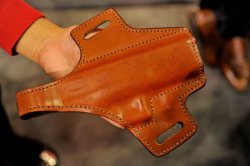
Whether you choose leather or synthetic, kydex or nylon, or whatever, more important is positioning: the most popular options today are inside-the-waistband (IWB) and outside-the-waistband (OWB). IWB holsters ride inside your trousers waistband. Their pros is that concealment is superior to an external belt holster Most inside-the-waistband (IWB) holsters can be worn cross-draw or on the strong side, depending on the situation and wearer preference. The cons are that many people find them uncomfortable, drawing is usually a bit slower, and pants and belts should be purchased in a waistband size that includes the gun and holster (one or two sizes larger than you usual size).
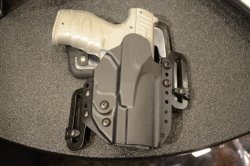
OWB holsters, on the contrary are perfect for a fast draw, but require a garment like a jacket or a shirt untucked to conceal the gun. Like IWB holsters, they can be worn on the strong side or crossdraw.
There is also the small-of-the-back (SOB) holster option, but today it's not so popular. The reason is that SOB holsters are frankly uncomfortable, especially when seating, and drawing can be slow and difficult.
You can also choose a classic shoulder rig. Shoulder rigs are comfortable even with large size pistols or revolvers, but to conceal them you have to wear a jacket or a coat. Anytime, anywhere.
The other options
Another option for concealed carry is the pocket holster, i.e. a holster that conceals the gun's outline in your pocket while still keeping the firearm accessible. They are simple and comfortable. The problem here is that they are made, well, for pocket guns and drawing can be quite clumsy.
As you can see in many detective movies, ankle holsters do exist too. But in the real world they are much a “specialist” item, to be used only when there's no other viable option: they can be painful to wear, difficult to reach, and always very slow to draw from.
Last but not least, you can choose something different to carry your gun, like a dedicated fanny pack. There are some good products out there, and even if they will make you look stuck in the '80s, if you really can't use a holster for whatever reason - for example, when you're wearing your swim trunks - they are still better than nothing.
At the end of the day, picking the right holster is as important as the weapons you choose to carry. There is no “right” holster, but a holster that's right for you and the specific circumstance. Above all, it's foolish to spend hundreds of thousands of dollars for a good handgun, and then carry it in the cheapest holster you've found.
Read more articles of our "Tactical Corner" here.



